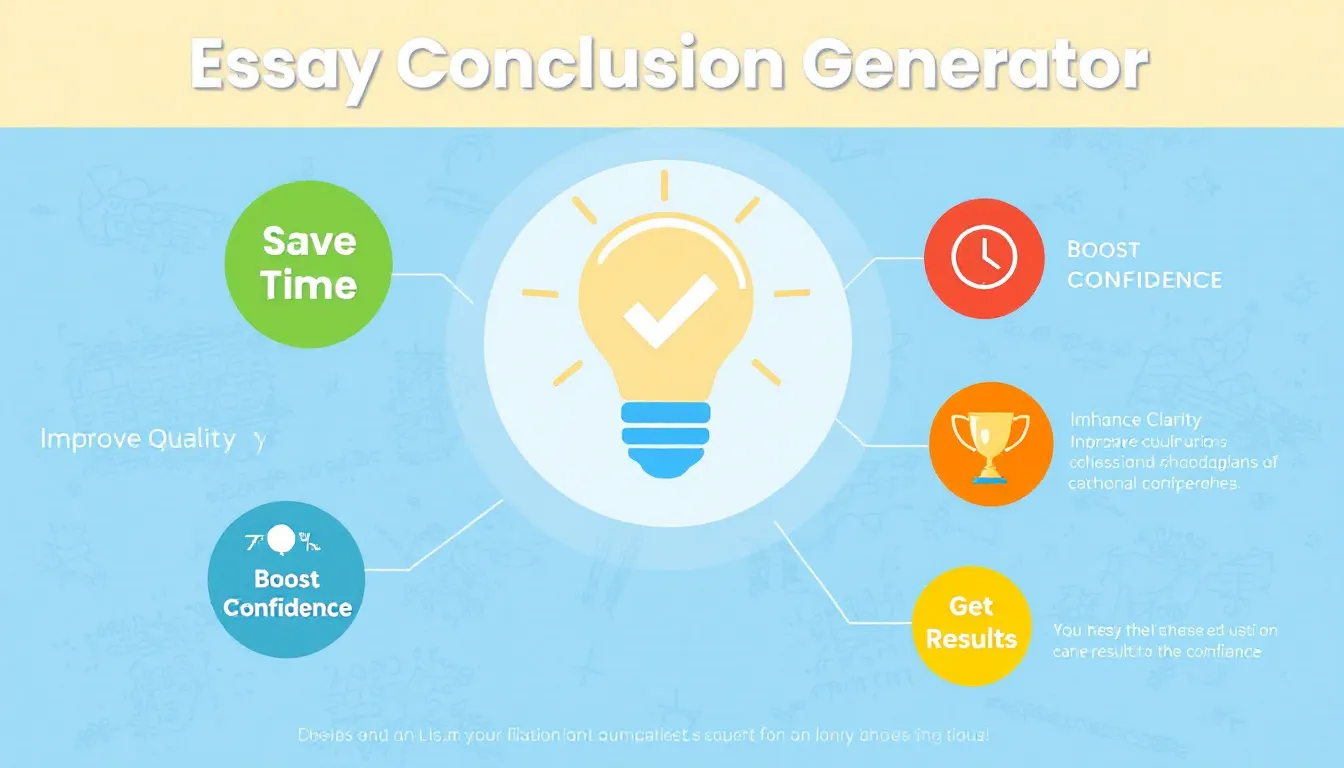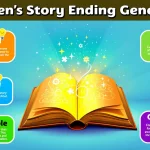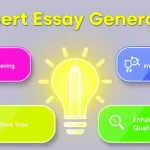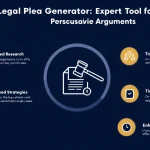Essay Conclusion Generator
Is this tool helpful?
How to Use the Essay Conclusion Generator Effectively
The Essay Conclusion Generator helps you create clear, concise, and impactful endings for your essays. Follow these steps to get the best results:
-
Enter your essay topic: Provide a brief description of your essay’s subject. For example, you might use:
- The influence of climate change on agricultural practices
- The benefits of early childhood education on social development
-
Fill in your thesis statement: Summarize your main claim or argument clearly. Examples include:
- Climate change significantly alters farming techniques, requiring adaptive strategies to ensure food security.
- Early childhood education fosters essential social skills that benefit lifelong personal and academic success.
-
List your main points: Outline the key ideas or arguments discussed in the essay. These should be concise summaries, such as:
- Changes in weather patterns and their impact on crop yields
- Introduction of sustainable farming technologies
- Social and emotional benefits of preschool programs
- Long-term effects of early education on community integration
-
Optional: Specify the essay tone: Describe the style or approach you want the conclusion to reflect. Example tones:
- Informative and balanced
- Persuasive and optimistic
- Generate your conclusion: Click the generate button to create a customized conclusion based on your inputs.
- Review and adjust: Read the generated conclusion carefully. Edit it as needed to fit your essay’s specific style and arguments.
- Copy and integrate: Use the copy feature to transfer the conclusion to your essay. Make any final tweaks to ensure smooth flow and clarity.
Introduction to the Essay Conclusion Generator
Crafting a strong conclusion is vital for wrapping up your essay effectively. Many students and writers find it challenging to summarize their ideas, restate their thesis, and leave a lasting impression. The Essay Conclusion Generator simplifies this process by generating well-structured conclusions tailored to your essay’s content.
What Is the Essay Conclusion Generator?
This online tool uses advanced natural language processing to analyze your essay’s topic, thesis, and main points. It then produces a concise conclusion that summarizes your arguments, restates your thesis in a fresh way, and provides a clear sense of closure.
Purpose of the Essay Conclusion Generator
The main goals of the tool include:
- Helping you save time when writing conclusions
- Guiding you to include all key elements of an effective conclusion
- Maintaining consistency with your essay’s tone and style
- Providing a starting point that you can easily customize
- Supporting students in learning how to craft strong essay endings
Benefits of Using the Essay Conclusion Generator
By using this tool, you gain several advantages that enhance your writing:
- Save time: Generate well-crafted conclusions quickly, freeing time for other writing tasks.
- Ensure consistency: Keep your conclusion aligned with your essay’s tone and main arguments.
- Learn structure: Understand how to summarize key points and restate your thesis effectively.
- Beat writer’s block: Overcome hesitation by starting with a generated conclusion you can build on.
- Improve essay flow: Create smooth transitions from body to conclusion.
- Boost clarity: Emphasize your essay’s central message without redundancy.
- Maintain flexibility: Easily edit the generated conclusion to fit your style.
Practical Usage of the Essay Conclusion Generator
The Essay Conclusion Generator works by processing the key details you provide about your essay. It does not perform calculations but crafts text tailored to your essay’s content. Here’s how you can use it in real writing scenarios:
Example 1: Persuasive Essay on Renewable Energy
- Topic: The future of renewable energy technologies
- Thesis: Investing in renewable energy is essential to combat climate change and secure economic growth.
- Main Points:
- Environmental benefits of renewable energy
- Economic opportunities and job creation
- Challenges for infrastructure development
- Government policies supporting renewables
- Tone: Persuasive and optimistic
After entering these, the generator will produce a conclusion that summarizes the essay’s core arguments, restates the thesis with fresh wording, and ends on an encouraging note about future possibilities.
Example 2: Analytical Essay on Remote Work
- Topic: The impact of remote work on employee productivity
- Thesis: Remote work increases productivity for many employees but presents challenges in communication and work-life balance.
- Main Points:
- Benefits of flexible schedules
- Obstacles in team collaboration
- Effects on employee well-being
- Technological tools aiding remote work
- Tone: Analytical and objective
The generated conclusion will offer a balanced summary reflecting both the advantages and challenges of remote work, reinforcing the thesis and maintaining an impartial tone.
Key Features to Remember
- The tool strictly uses the information you provide—avoid introducing new ideas in your inputs to keep your conclusion focused.
- Customize your tone to match your essay’s style for a seamless result.
- Review and refine generated conclusions to ensure they fit your voice perfectly.
With the Essay Conclusion Generator, you can confidently close your essays with clarity and impact, whether writing persuasive, analytical, or informative pieces.
Important Disclaimer
The calculations, results, and content provided by our tools are not guaranteed to be accurate, complete, or reliable. Users are responsible for verifying and interpreting the results. Our content and tools may contain errors, biases, or inconsistencies. Do not enter personal data, sensitive information, or personally identifiable information in our web forms or tools. Such data entry violates our terms of service and may result in unauthorized disclosure to third parties. We reserve the right to save inputs and outputs from our tools for the purposes of error debugging, bias identification, and performance improvement. External companies providing AI models used in our tools may also save and process data in accordance with their own policies. By using our tools, you consent to this data collection and processing. We reserve the right to limit the usage of our tools based on current usability factors.







